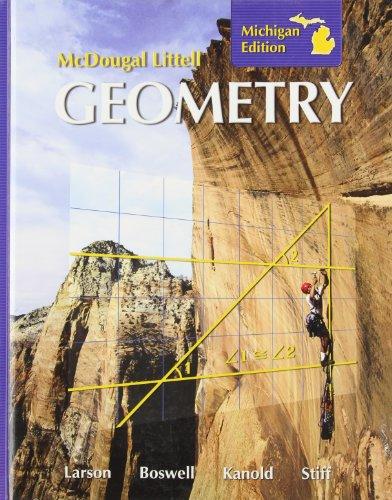Safe Travel produces car seats for children from newborn to 2 years old. The company is worried
Question:
Required
1. Calculate appraisal cost.
2. Calculate internal failure cost.
3. Calculate out-of-pocket external failure cost.
4. Determine the opportunity cost associated with the external failures.
5. What are the total costs of quality?
6. Safe Travel is concerned with the high up-front cost of inspecting all 175,000 units. It is considering an alternative internal inspection plan that will cost only $3.50 per car seat inspected. During the internal inspection, the alternative technique will detect only 2.5% of the 175,000 car seats that have stitching problems. The other 3.5% will be detected after the car seats are sold and shipped. What are the total costs of quality for the alternative technique?
7. What factors other than cost should Safe Travel consider before changing inspection techniques?
Contribution Margin
Contribution margin is an important element of cost volume profit analysis that managers carry out to assess the maximum number of units that are required to be at the breakeven point. Contribution margin is the profit before fixed cost and taxes... Opportunity Cost
Opportunity cost is the profit lost when one alternative is selected over another. The Opportunity Cost refers to the expected returns from the second best alternative use of resources that are foregone due to the scarcity of resources such as land,...
Fantastic news! We've Found the answer you've been seeking!
Step by Step Answer:
Related Book For 

Question Posted:





